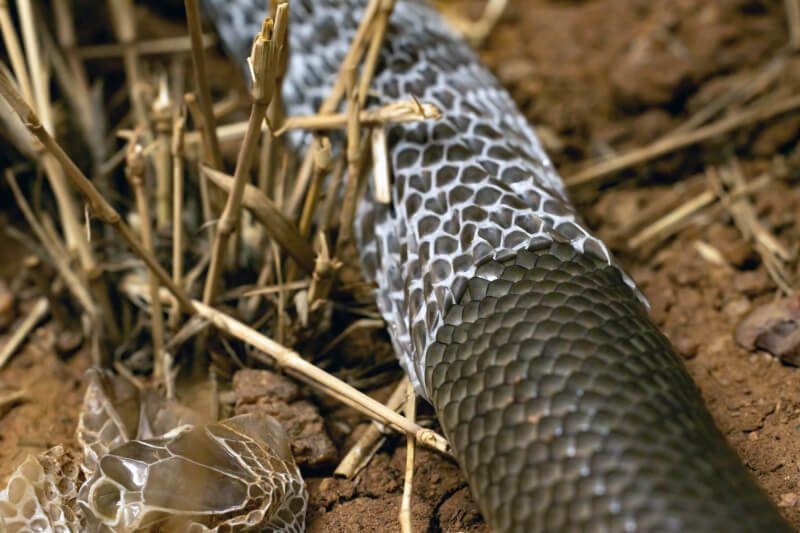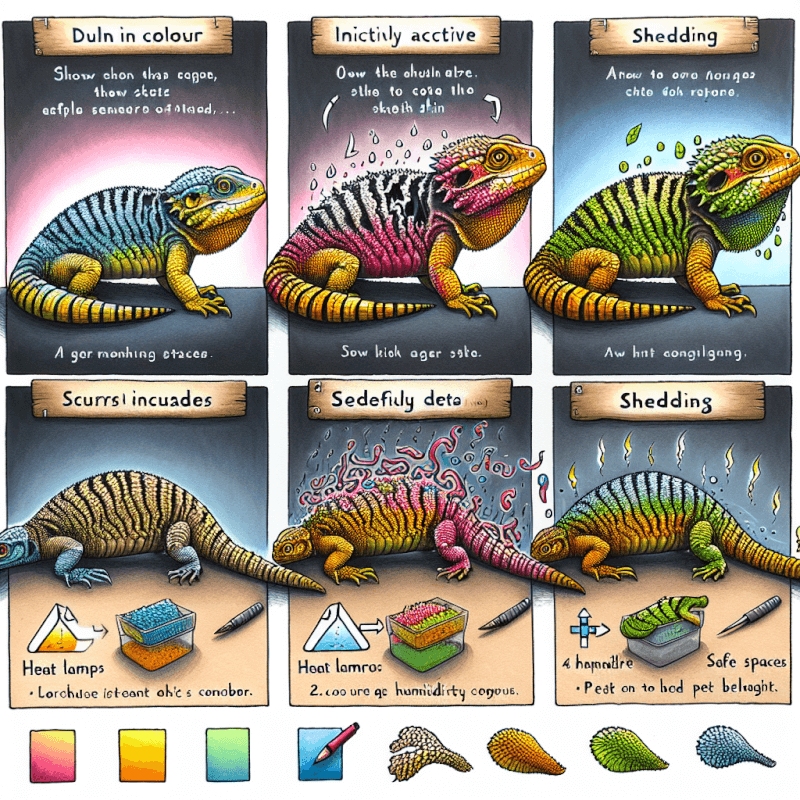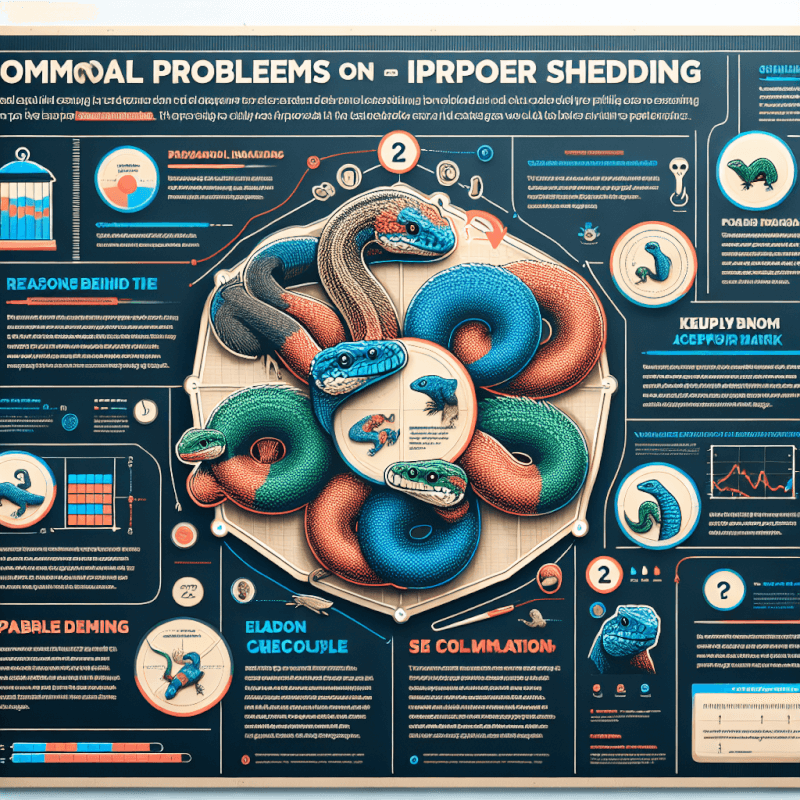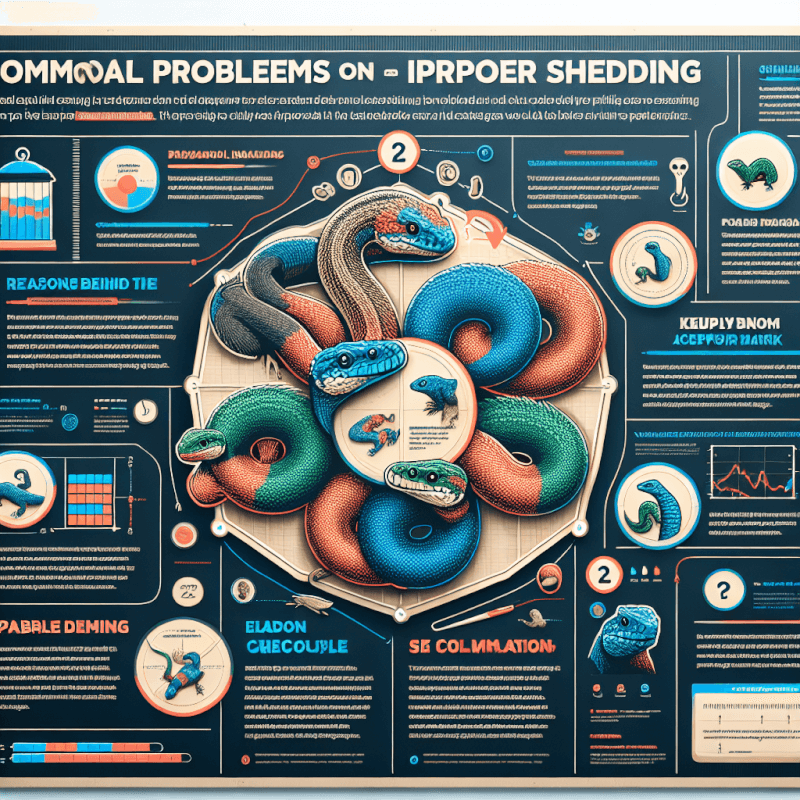If your reptile is experiencing difficulties in shedding its skin, don’t fret! It’s a normal phenomenon for reptiles to shed their old skin as they grow, but sometimes they may encounter issues. If you notice that your reptile is not shedding properly, there are a few simple steps you can take to assist them in the process. By ensuring the right humidity levels, providing appropriate hiding spots, and offering a gentle helping hand if necessary, you can help your scaly friend go through their shedding phase smoothly and comfortably.

Check for signs of abnormal shedding
It is important to regularly check for signs of abnormal shedding in your reptile. Inspect their skin for retained eye caps, which can appear as a thin translucent layer over the eyes. Retained eye caps can cause discomfort and potentially lead to eye issues if not properly addressed. Additionally, look for patches of old skin that have not been shed. These patches can accumulate and impede the shedding process. Lastly, take note if your reptile is struggling or showing signs of discomfort during shedding. This can indicate a problem and may require your attention.
Ensure appropriate humidity levels
Maintaining the proper humidity level is crucial for a reptile’s shedding process. Different reptile species have specific humidity requirements, so it is important to research and provide the appropriate level for your pet. You can achieve the required humidity by providing a humid hide in their enclosure. This hide will create a microclimate of increased humidity, which will aid in the shedding process. Additionally, misting the enclosure regularly will help maintain a suitable humidity level.
Offer a proper shedding environment
Creating a suitable environment for shedding is essential to support your reptile’s natural process. Start by providing a suitable substrate that mimics the reptile’s natural habitat. This will allow them to easily rub against the surface and facilitate shedding. Offering a shallow water dish for soaking is another important aspect of a shedding-friendly environment. Soaking softens the skin and enables an easier shedding experience. Furthermore, incorporating areas with rough surfaces, such as rocks or logs, provides your reptile with opportunities to rub against them and help remove old skin. Lastly, consider adding branches or objects for your reptile to climb on. Climbing can promote shedding and encourage natural behaviors.
Assist in the shedding process
If your reptile is experiencing difficulty shedding, it may be necessary to provide some assistance. Consulting a veterinarian or reptile expert who specializes in shedding issues can provide valuable guidance and assistance. They may recommend using a reptile-safe shedding aid to help soften and remove stubborn areas of old skin. Additionally, offering a warm bath or misting session can aid in the shedding process by increasing humidity and moisturizing the skin. Always follow professional advice and guidelines when assisting in the shedding process.

Prevent future shedding issues
Once you have addressed the immediate shedding issue, it is important to prevent future problems from arising. Maintaining a regular shedding schedule is crucial, as this indicates a healthy reptile. Monitor and maintain appropriate enclosure conditions, including temperature, humidity, and cleanliness. Any drastic changes in these factors can lead to shedding difficulties. Ensuring a balanced diet that meets your reptile’s nutritional needs can also contribute to healthy shedding. A proper diet will provide the necessary nutrients for healthy skin and shed cycles.
Recognize when professional help is needed
In some cases, a reptile’s shedding issues may persist despite your best efforts. If you notice that your reptile continues to struggle with shedding, it is important to seek veterinary help. A reptile specialist can assess the situation and provide guidance and advice tailored to your specific circumstances. They may conduct a thorough examination to rule out any underlying health issues that may be causing the shedding problems. Professional assistance is crucial in addressing persistent shedding issues and ensuring the overall well-being of your reptile.

Avoid common shedding mistakes
There are several common mistakes that reptile owners should avoid when it comes to shedding. Firstly, do not forcefully remove old skin. This can cause harm to the reptile and potentially lead to injury. Allow the shedding process to occur naturally, providing the necessary support and assistance if needed. Secondly, avoid sudden changes in humidity or temperature. Rapid changes can disrupt the shedding process and lead to complications. Gradual adjustments are best to prevent unnecessary stress on your reptile during shedding. Lastly, refrain from excessively handling your reptile during shedding. Handling can cause additional stress and may interfere with the shedding process. Give your reptile space and minimize handling until they have completed shedding.
Common reasons for difficulty in shedding
Understanding the common reasons behind shedding difficulties can help identify potential issues and take appropriate preventive measures. Inadequate humidity levels are a leading cause of shedding problems. If the humidity is too low, the skin can become dry and make shedding difficult. Incorrect enclosure conditions, such as improper temperature gradients or lack of hiding spots, can also contribute to shedding difficulties. Malnutrition or dehydration can negatively impact the overall health of your reptile, including their shedding cycle. Ensure your reptile receives a balanced and nutritious diet to support healthy skin and shedding. Lastly, underlying health issues, such as infections or parasites, can affect the shedding process. Regular monitoring of your reptile’s health and behavior is crucial in identifying and addressing any potential health issues that may impact shedding.

Preventive measures for healthy shedding
Taking preventive measures can greatly contribute to your reptile’s ability to shed properly. Start by researching and understanding the specific shedding requirements of your reptile species. This will allow you to create an environment that closely mimics their natural habitat and supports their natural shedding process. Providing a suitable enclosure and environment includes maintaining appropriate temperature and humidity levels, as well as incorporating hiding spots and environmental enrichment. Furthermore, offer a balanced and nutritious diet that meets your reptile’s specific dietary needs. Lastly, regularly monitor your reptile’s health and behavior to catch any potential shedding issues early on and take necessary steps to address them.
Conclusion
Ensuring that your reptile sheds properly is crucial for their overall health and well-being. By checking for signs of abnormal shedding, maintaining appropriate humidity levels, offering a suitable shedding environment, providing assistance when needed, and taking preventive measures, you can support your reptile’s shedding process and prevent potential complications. Remember to seek professional help when necessary and avoid common shedding mistakes. With proper care and attention, you can help your reptile have a healthy and successful shedding experience.



